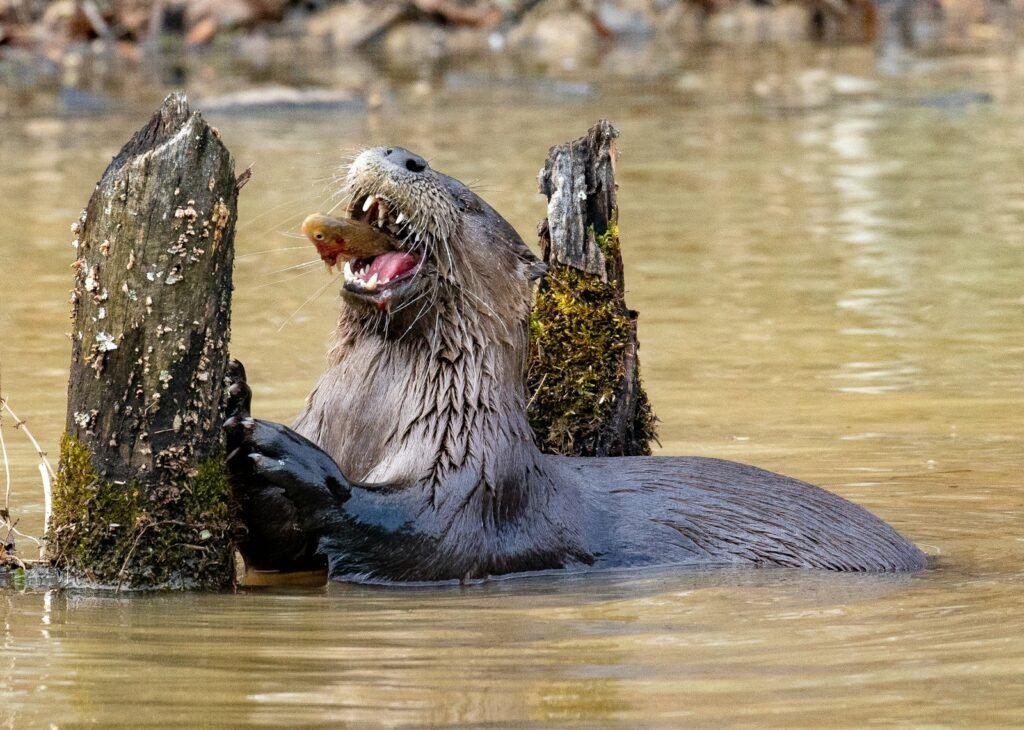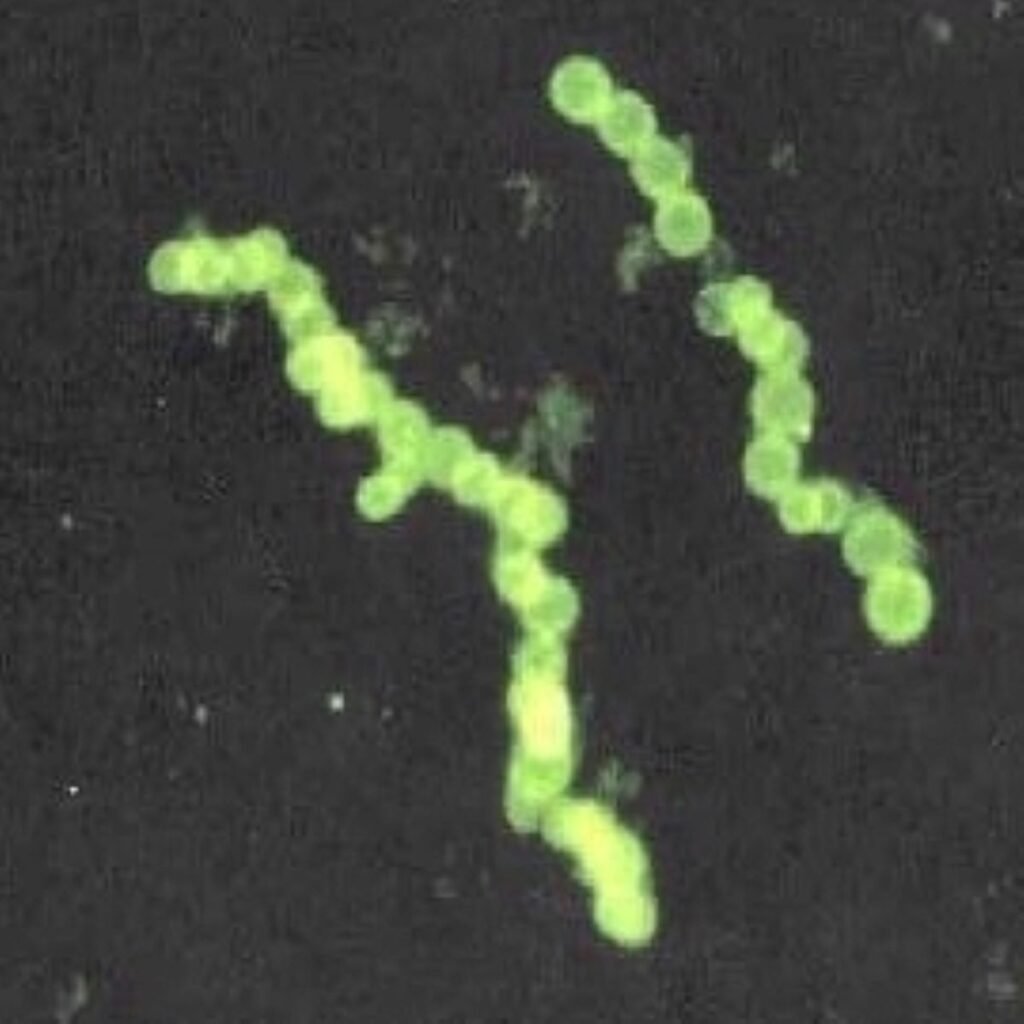Imagine a vast, icy expanse where the sun barely sets in the summer and scarcely rises in the winter. This is the Arctic, a region that has captivated explorers and scientists alike, known for its breathtaking beauty and harsh conditions. But beyond its icy facade, the Arctic is a living, breathing ecosystem that has undergone significant transformations over the centuries. From the careful stewardship of Indigenous peoples to the alarming rates of habitat loss today, the Arctic tells a story of change that is both fascinating and concerning.
The Legacy of Indigenous Stewardship
For thousands of years, Indigenous peoples have lived in the Arctic, intimately connected to the land and its rhythms. They have developed unique strategies to survive and thrive in this harsh environment, relying on the land and sea for their sustenance. Their knowledge of the Arctic’s ecosystems is profound, passed down through generations like a cherished heirloom. This stewardship wasn’t just about survival; it was about maintaining balance with nature. By hunting only what was needed and respecting the cycles of the environment, Indigenous communities have long played a vital role in preserving the Arctic’s fragile ecosystems.
Understanding the Arctic’s Biodiversity
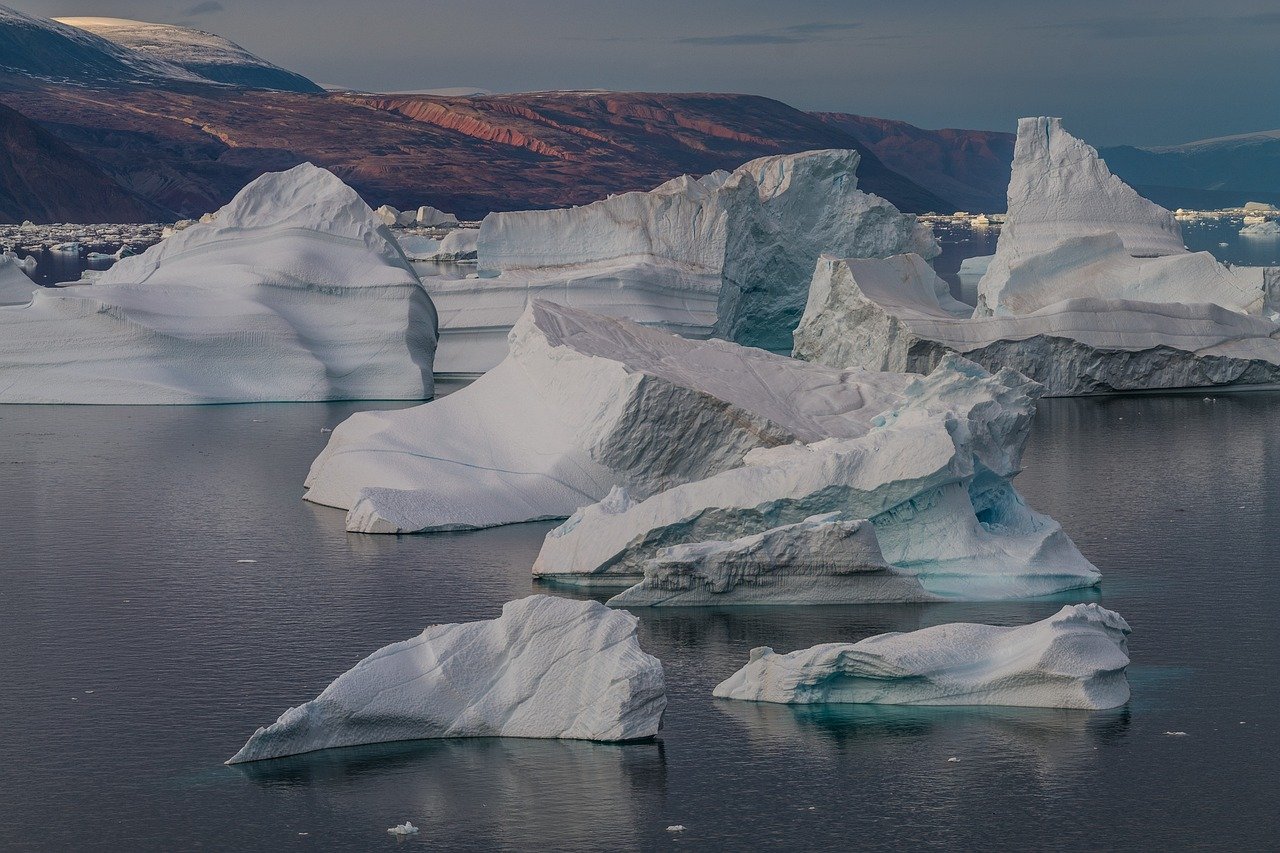
The Arctic may seem barren at first glance, but it is home to a surprising array of life. From the mighty polar bears prowling the ice to the resilient Arctic foxes adapting to the changing seasons, the region is a treasure trove of biodiversity. Beneath the icy waters, a rich tapestry of marine life thrives, including seals, whales, and various fish species. These creatures are not just inhabitants; they are integral to the Arctic’s ecological web, each playing a specific role in maintaining the delicate balance of the ecosystem. The Arctic’s biodiversity is a testament to nature’s ability to adapt and flourish in even the most challenging conditions.
Climate Change: A Looming Threat
The Arctic is warming at an alarming rate, with temperatures rising twice as fast as the global average. This rapid change is having profound effects on the region’s ecosystems. Ice sheets are melting, sea levels are rising, and the permafrost is thawing, releasing stored carbon into the atmosphere. As the ice retreats, new shipping routes open up, inviting more human activity and further stressing the environment. The consequences are far-reaching, threatening not only the Arctic’s unique biodiversity but also the way of life for Indigenous communities who depend on the land and sea.
The Impact of Industrialization
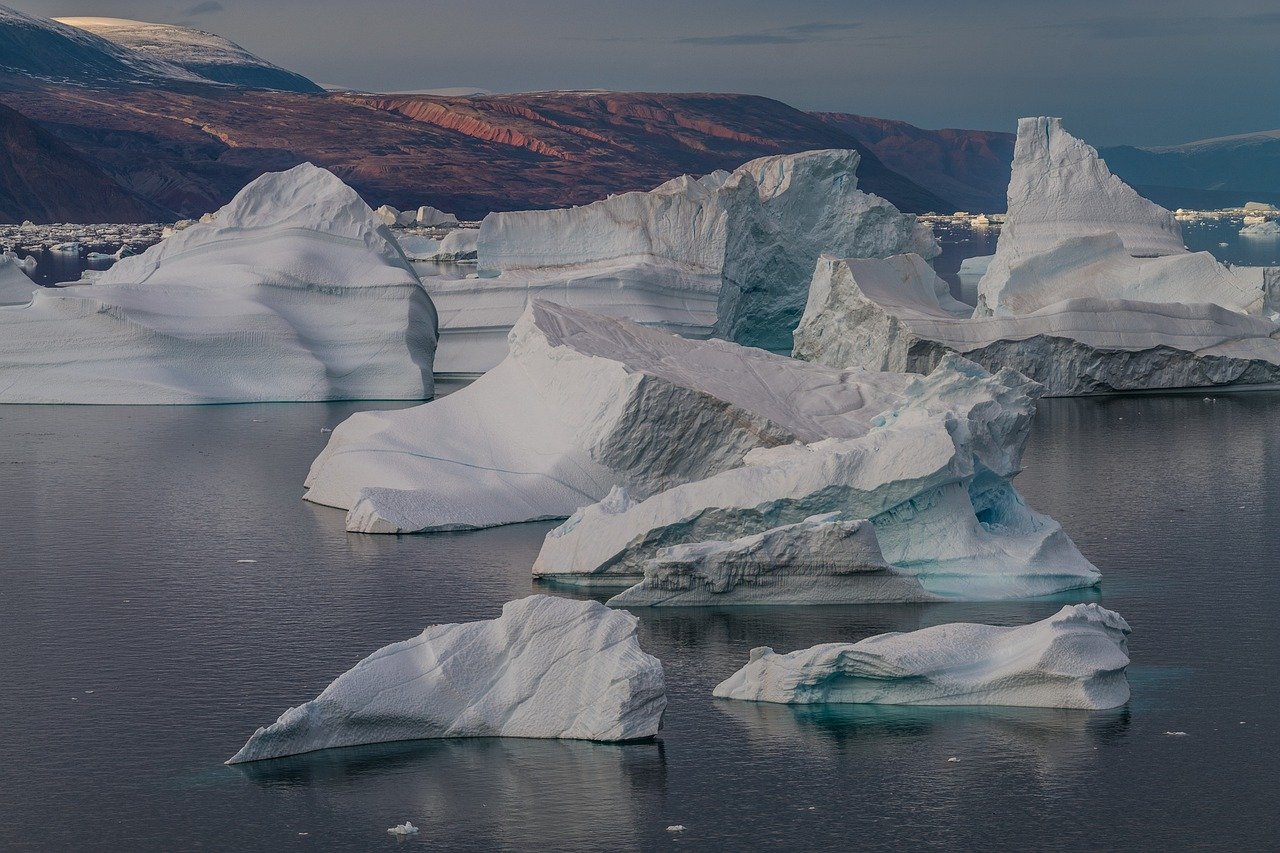
The allure of untapped resources has led to increased industrial activity in the Arctic. Mining, oil drilling, and commercial fishing are on the rise, bringing economic opportunities but also significant environmental challenges. The extraction of resources disrupts habitats, pollutes the environment, and poses risks to wildlife. Oil spills, in particular, can have devastating effects on the fragile Arctic ecosystem, with long-lasting impacts on both land and sea. This industrialization is a double-edged sword, providing short-term benefits while potentially causing irreversible damage to the Arctic’s natural world.
Habitat Loss and Its Consequences
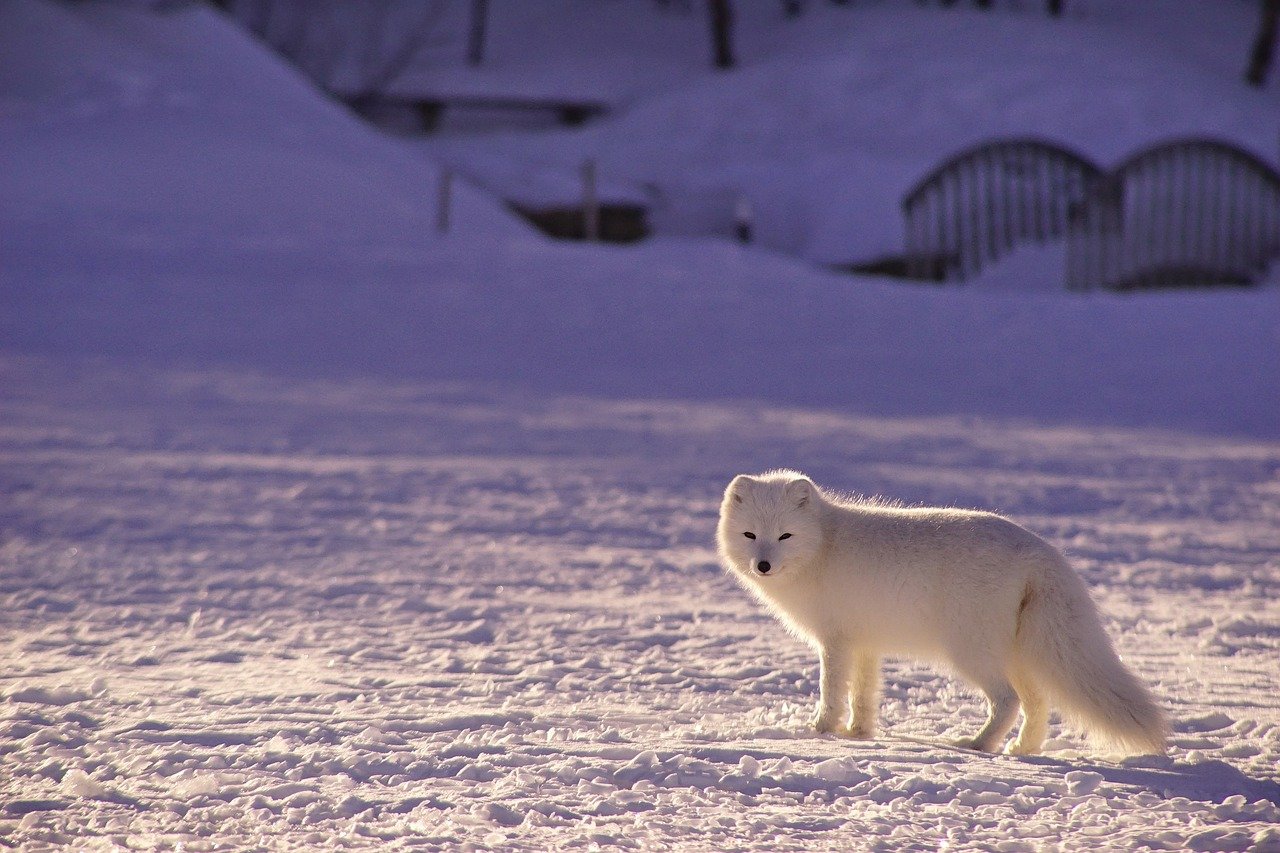
Habitat loss in the Arctic is a growing concern as the landscape undergoes dramatic changes. Melting ice and human encroachment are shrinking the natural habitats of many Arctic species. Polar bears, for instance, are finding it increasingly difficult to hunt as the ice they depend on disappears. Similarly, migratory birds face challenges as their breeding grounds are altered by climate change. This loss of habitat not only threatens individual species but also disrupts the entire ecological balance, leading to cascading effects throughout the ecosystem.
Conservation Efforts and Challenges
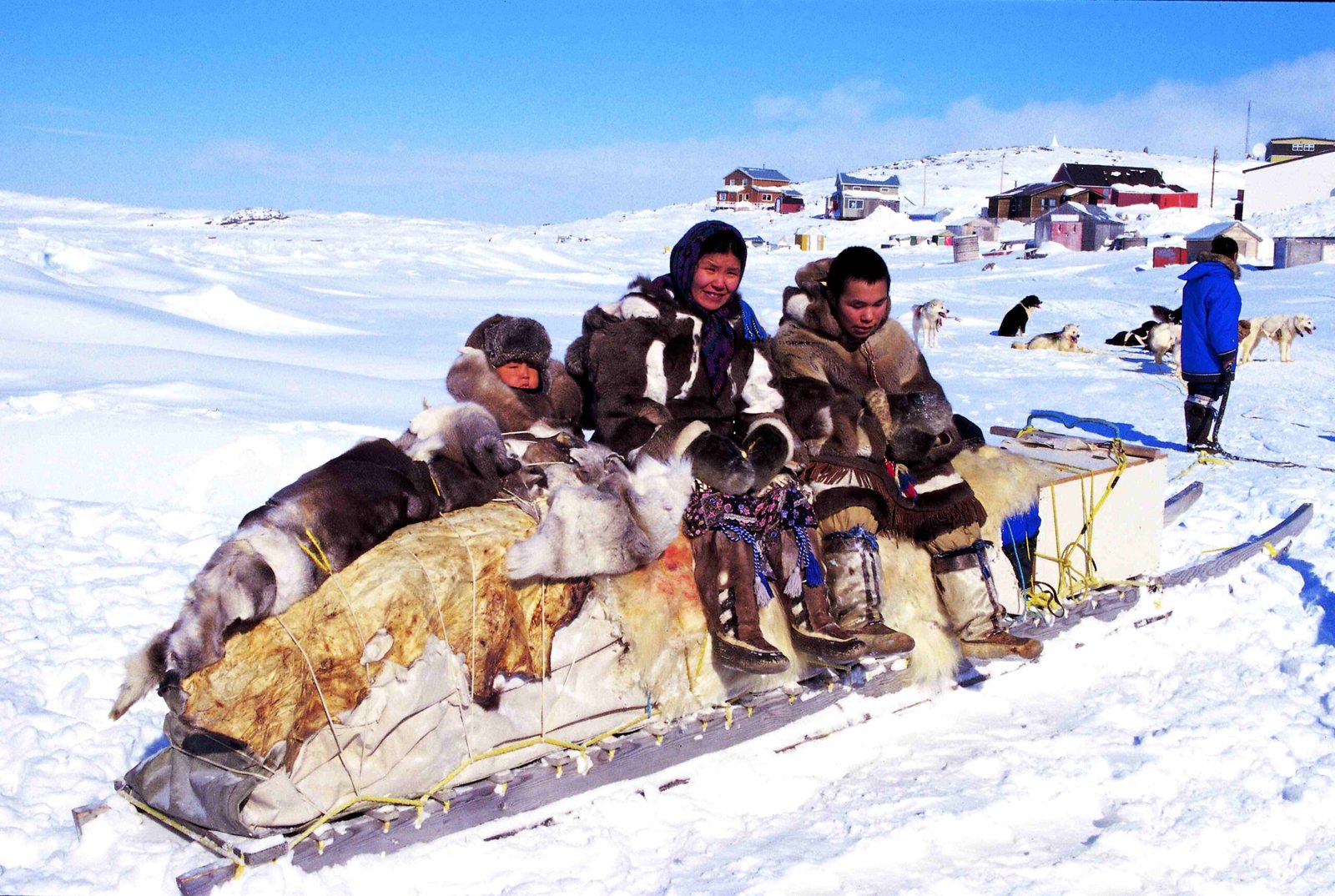
Efforts to conserve the Arctic’s ecosystems are underway, but they face numerous challenges. International agreements aim to protect the region, but enforcement is often difficult due to the remote and harsh conditions. Indigenous knowledge is increasingly being recognized as a valuable resource in conservation strategies, offering insights into sustainable practices that have been honed over millennia. However, balancing conservation with economic interests remains a contentious issue. The need for international cooperation has never been greater, as the Arctic’s future depends on collective action to preserve its unique ecosystems.
The Role of Technology

Technology plays a crucial role in understanding and protecting the Arctic. Satellite imagery and remote sensing are invaluable tools for monitoring changes in the environment, providing data that can inform conservation strategies. Drones and submersibles explore areas that are otherwise inaccessible, offering new insights into the Arctic’s hidden worlds. However, technology is a double-edged sword; while it aids in conservation, it also facilitates industrial activities that can harm the environment. Striking a balance between utilizing technology for preservation and preventing its misuse is essential for the Arctic’s future.
Global Implications of Arctic Changes
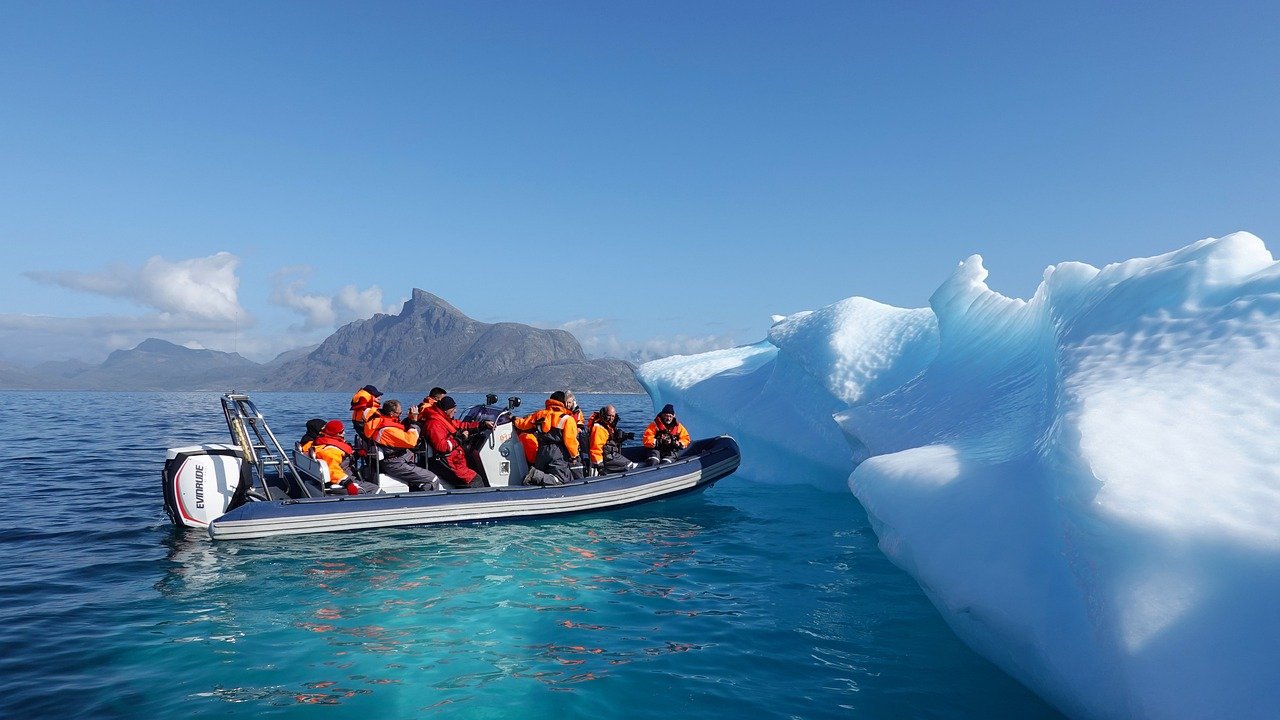
The transformations occurring in the Arctic have global implications, affecting weather patterns, sea levels, and climate systems worldwide. The region’s ice acts as a reflective shield, regulating the planet’s temperature by bouncing sunlight back into space. As the ice melts, this shield weakens, contributing to global warming. Additionally, changes in the Arctic can disrupt ocean currents, which play a vital role in regulating the Earth’s climate. Understanding the Arctic’s transformations is crucial not only for the region’s future but also for the health of our planet as a whole.
Engaging the Public in Arctic Conservation
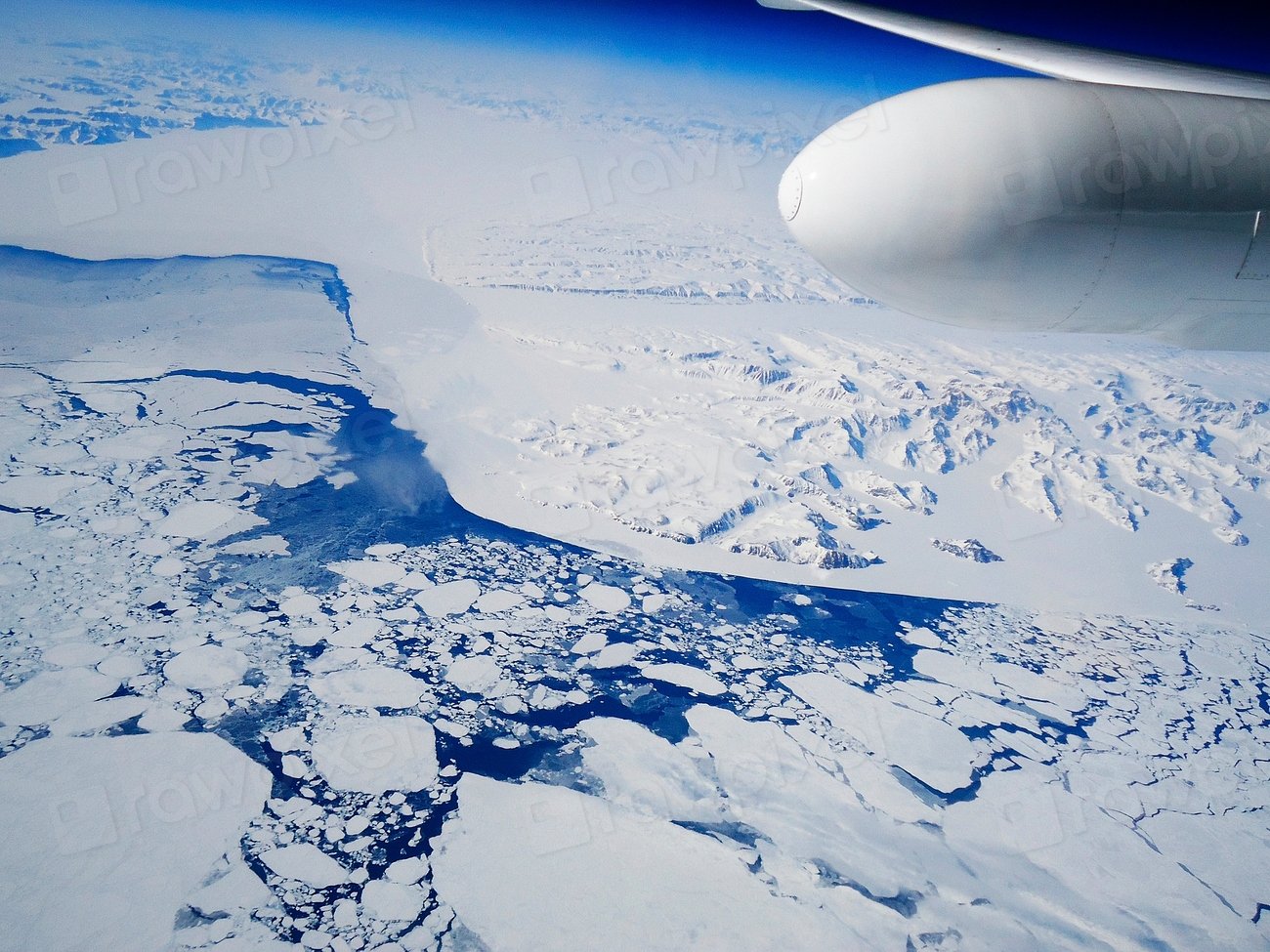
Raising awareness about the Arctic’s plight is essential for its conservation. Public engagement can drive policy changes and inspire individual actions that contribute to preserving this unique environment. Educational programs, documentaries, and media coverage can help bring the Arctic’s challenges to the forefront, encouraging people to take an active role in conservation efforts. By fostering a connection between individuals and the Arctic, we can build a collective commitment to safeguarding its future for generations to come.
A Call to Action
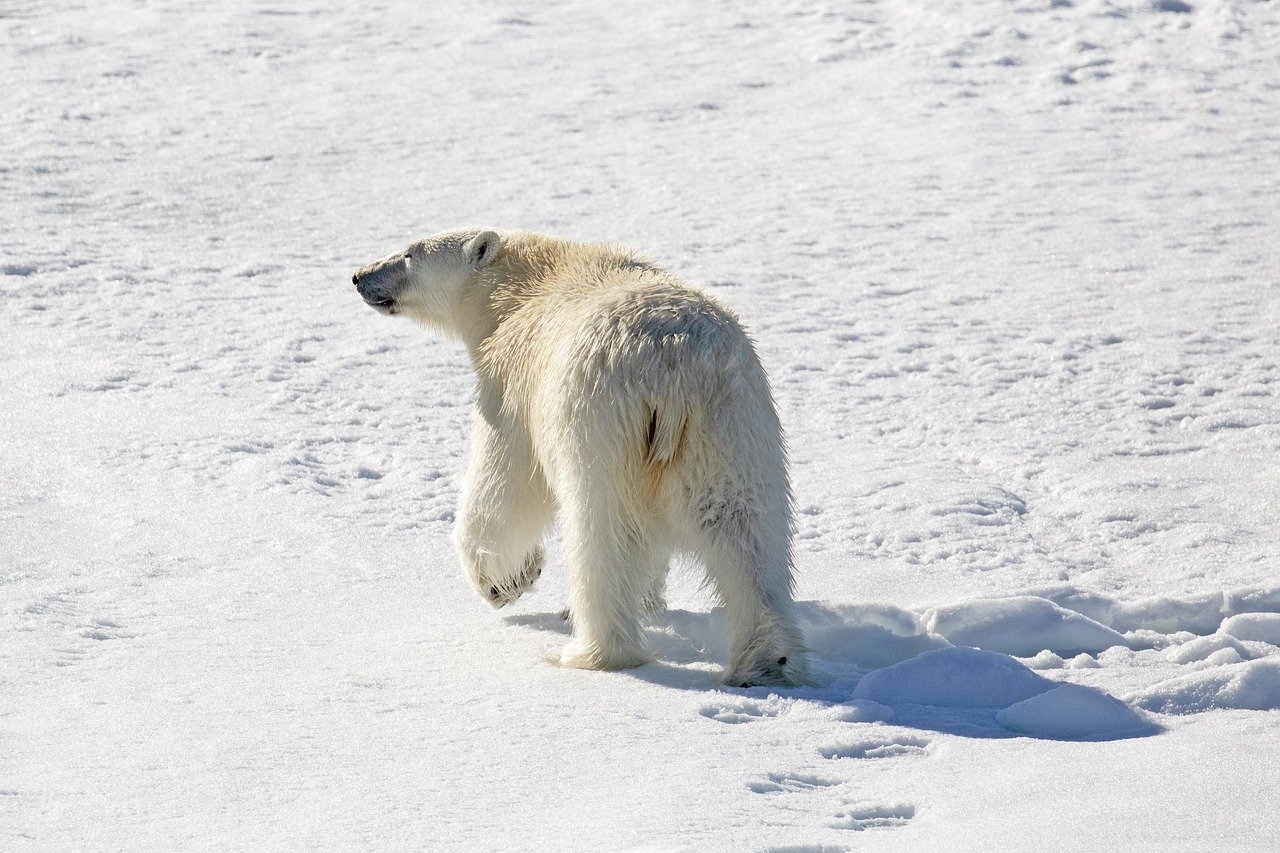
The transformation of the Arctic is a compelling narrative of change, resilience, and urgency. It serves as a stark reminder of the interconnectedness of our world and the importance of preserving our planet’s fragile ecosystems. As we navigate the challenges and opportunities of the Arctic’s future, it is imperative that we act with foresight and responsibility. Whether through supporting conservation efforts, advocating for sustainable policies, or simply staying informed, each of us has a role to play in ensuring the Arctic remains a vibrant and thriving part of our world.

Jan loves Wildlife and Animals and is one of the founders of Animals Around The Globe. He holds an MSc in Finance & Economics and is a passionate PADI Open Water Diver. His favorite animals are Mountain Gorillas, Tigers, and Great White Sharks. He lived in South Africa, Germany, the USA, Ireland, Italy, China, and Australia. Before AATG, Jan worked for Google, Axel Springer, BMW and others.


